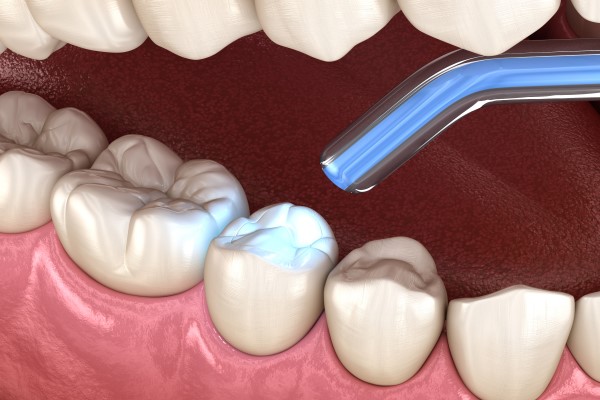Image Source: Google
Technology has been revolutionizing various industries, and oral healthcare is no exception. The science behind dental restorations has significantly advanced, thanks to innovative technologies that have transformed the way dentists diagnose, treat, and restore oral health issues. These advancements have not only improved the accuracy and efficiency of dental procedures but also enhanced patient experiences and outcomes.
One of the key technological advancements in dental restorations is the introduction of digital imaging and 3D printing. Traditional dental impressions, which involved using messy and uncomfortable materials, have been replaced with digital scanners that create highly accurate 3D models of patients’ teeth and gums. These digital models can then be used to design and fabricate custom dental restorations, such as crowns, bridges, and dentures, with unprecedented precision.
3D printing technology has also revolutionized the production of dental restorations. Using computer-aided design (CAD) software, dental professionals can design intricate restorations that perfectly fit patients’ mouths. These designs can then be sent to 3D printers, which use a range of materials, including ceramics and metals, to create durable and natural-looking dental restorations. The ability to produce highly accurate and personalized restorations has improved the longevity and aesthetics of dental treatments.
In addition to digital imaging and 3D printing, computer-guided implant placement has transformed the field of dental restorations. Dental implants are a popular solution for replacing missing teeth, but the traditional implant placement procedure involved a high degree of guesswork and required invasive surgery. However, with computer-guided implant placement, dentists can now plan and execute implant procedures with unparalleled precision.
Using advanced imaging techniques, such as cone beam computed tomography (CBCT), dentists can create detailed 3D images of a patient’s mouth and jawbone. These images are then used to precisely plan the placement of dental implants, taking into account important factors, such as bone density, nerve pathways, and the patient’s bite. Computer-guided surgical templates are then created, which guide the dentist in placing the implants in the optimal location, resulting in improved success rates and reduced recovery time for patients.
Furthermore, technology has revolutionized the materials used in dental restorations. In the past, metal amalgam fillings were commonly used to restore decayed teeth, but they were aesthetically unappealing and contained potentially harmful ingredients like mercury. Today, tooth-colored composite resins are used instead, which not only blend seamlessly with the natural tooth color but are also safer and more durable.
Another cutting-edge material used in dental restorations is zirconia. Zirconia crowns and bridges are highly biocompatible and offer excellent strength and aesthetics. They are made using CAD/CAM technology, ensuring a precise fit and natural appearance. With the advancements in material science, patients now have access to dental restorations that not only restore oral health but also enhance the overall appearance of their smiles.
Technology has also improved the patient experience during dental restorations. The use of virtual reality (VR) and augmented reality (AR) has helped alleviate anxiety and discomfort during dental procedures. VR headsets can transport patients to virtual environments, distracting them from the dental chair and reducing stress. AR technology, on the other hand, allows dentists to project images and information onto real-world objects, improving communication and making treatment explanations more understandable for patients.
In conclusion, technology has revolutionized the science behind dental restorations, leading to significant advancements in diagnosis, treatment, and patient outcomes. From digital imaging and 3D printing to computer-guided implant placement and advanced materials, technology has improved the accuracy, efficiency, and aesthetics of dental procedures. With ongoing advancements in the field, the future of dental restorations looks promising, promising even better oral healthcare for patients.

